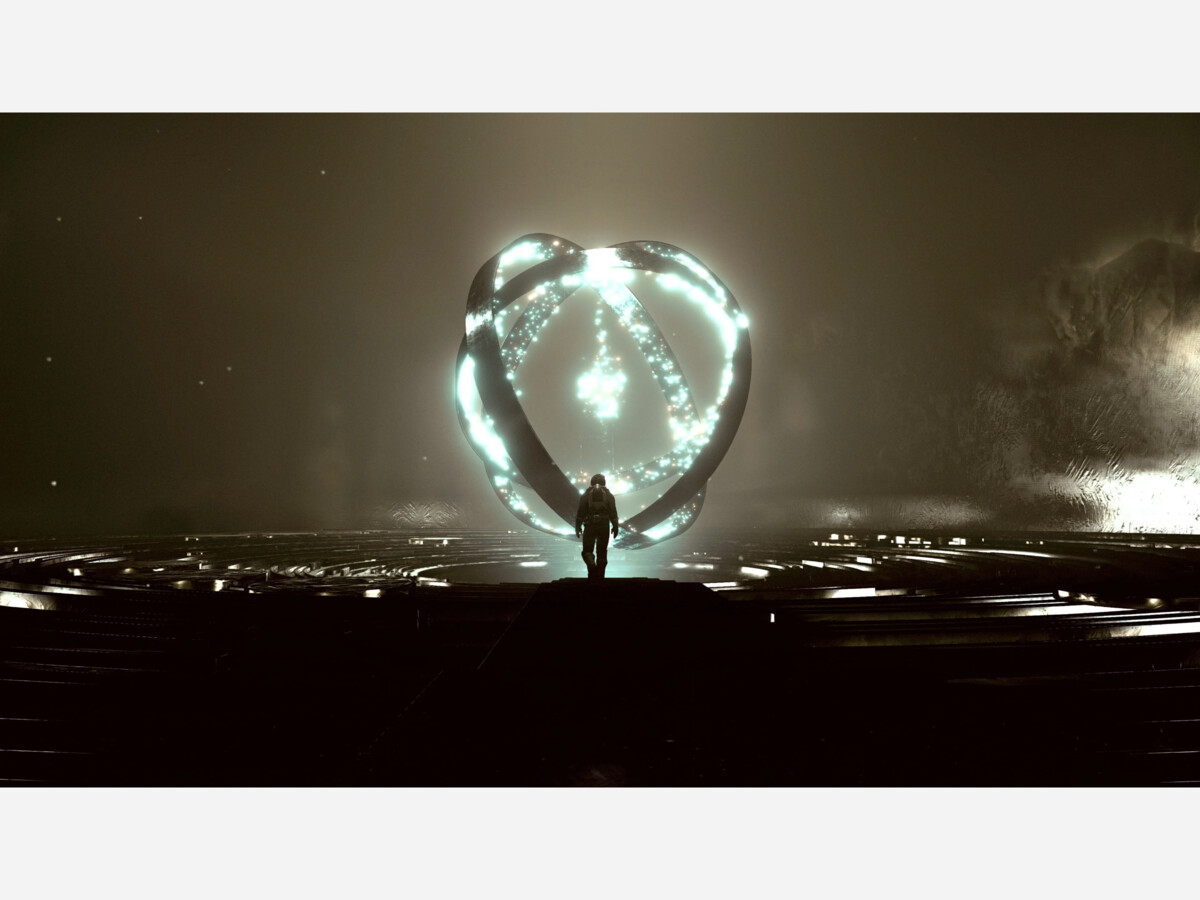Image

Starfield is situated in an uncomfortable position for Xbox/Microsoft. It is the first Bethesda RPG to be released since Microsoft acquired the company and Microsoft is coming off a series of misfires for the Xbox Series X over the course of the console so far. Games like Redfall
were plagued with performance issues, third-party games like Balder’s Gate 3
are shipping with incomplete features when compared to the PlayStation 5 and PC iterations of the game, and games like Halo: Infinite are not resonating with audiences the way previous iterations are. In this way, Starfield
has to be a must-play system seller for Microsoft to be able to regain some of the ground lost to Sony and Nintendo over this console generation. The issue is, Starfield might (and only might) be that game, depending on the player and how well the mechanics work for them.
Starfield is an open-world RPG set in the future where humans have gone to live among the stars. The player takes control of a miner they can customize to look like whoever they want who has an interaction with a strange mineral and is given a ship to explore space and continue the main quest (or wander around and complete side quests instead which is arguably the best way to play the game).
Now there are aspects of the game that do work very well. If someone is looking for a Red Dead Redemption 2 or Assassin’s Creed: Black Flag style experience, namely an environment where they can carry out their roleplaying fantasy, they will probably find something fun to do in this game that other entries like No Man’s Sky did not. The game is beautiful, the planets are fun to explore, and the ship and crew customization options create a fulfilling experience if one is trying to act out the fantasy of living as a Han Solo-type character or something similar.
That said, there are a number of quality-of-life issues within the game that make it hard to play. The inventory management systems which are imperative for gameplay are not handled well at all, namely because the player needs to keep their inventory somewhat free so as to not slow down movement or inhibit fast travel. The system to transfer materials collected from the player to the cargo hold of the ship is blind as well so the player just has to move stuff and hope they don’t run out of space. The gunplay, integral to the combat, is also not great (this applies to both mouse-and-keyboard players and controller players). This has been the case for a while (see Fallout 4) but the Fallout franchise used the VATS system to offset a lackluster mechanic. Since that doesn’t exist here, it straddles the border of “serviceable” and “frustrating.” The biggest issue is the lack of maps on the planets that the player is expected to visit. Without either a mini-map or a full-size map to keep track of where one is going and where they’ve been on a planet, it makes exploring less fun and more of an annoyance.
This may sound like the game is more bad than good, however, if someone has already enjoyed past Bethesda titles, they will likely enjoy this one as well. The above-listed issues are also things that can be adjusted to and the longer the time spent in the game, the less apparent they will be. It feels weird to say that the incumbrances are things that players will just get used to, but after 40 to 50 hours, they’re barely noticeable. Considering these are major gameplay mechanics however, it is hard to overlook the fact that it takes that much time to just grow accustomed to things that other games in the genre just work at release. Starfield is definitely worth checking out and will still be a Game of the Year contender in any event.
Final Rating: 7.5/10
Starfield is available now for Xbox Series X, Xbox Series S and PC for purchase or through Game Pass.